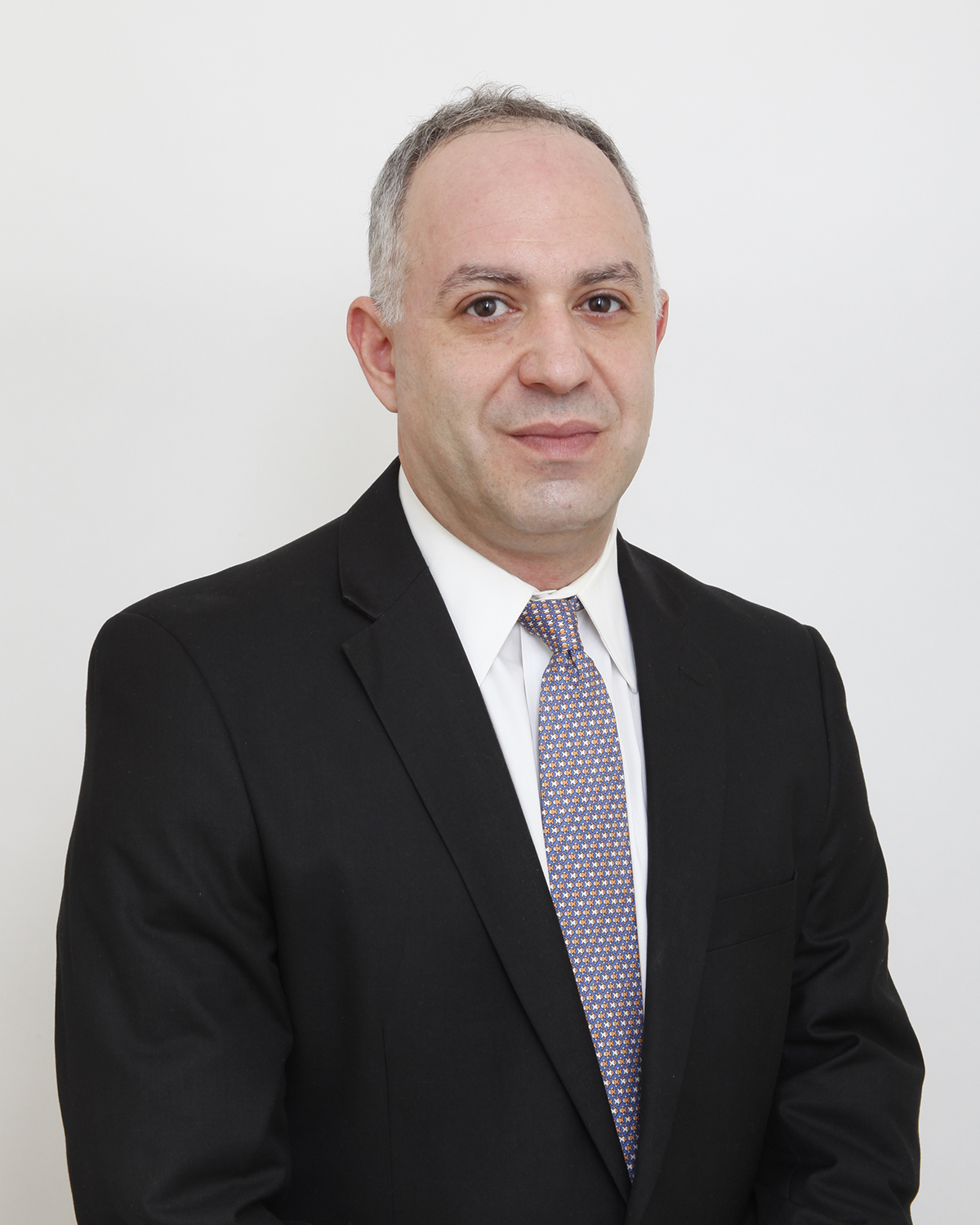Deepfake Technology - A Fraudster's Paradise
Deepfakes are artificial intelligence-generated photo, video, or audio content that convincingly mimic real people or events. They use machine learning algorithms to create realistic simulations of people’s faces, voices, and movements, which can be used to manipulate information and spread false narratives.
Deepfakes have become increasingly prevalent and sophisticated in recent years, posing significant challenges to the authenticity and trustworthiness of visual and auditory media. They have increasingly been used for malicious purposes, such as creating fake news, blackmail, identity theft, and other financial fraud. They also pose risks to national security, as they can be used to impersonate politicians, military leaders, or other public figures.
To combat deepfakes, it is crucial to develop advanced detection and authentication technologies, as well as to promote media literacy and critical thinking skills. Educating the workforce about the risks and implications of deep fakes can also help mitigate their harmful effects and ensure that individuals are better equipped to discern between authentic and fake media.
- Describe the evolution of deep fake technology and future trends.
- Detail the beneficial applications of deep fake technology for society.
- Explain the conflict between deep fakes, trust, and human psychology.
- Explain how deep fakes are used for deception to include financial fraud, medical malpractice, the integrity of court evidence, manipulation of public opinion, and reputational damage.
- Identify the tools available today for the detection of deep fakes.
- Describe how enterprises can establish verification and authentication procedures to mitigate deep fake threats.
- The evolution of deep fake technology within artificial intelligence (AI)
- Examples of beneficial applications for society
- How deep fakes are used for deception to include financial fraud, manipulation of public opinion, and reputational damage
- Regulatory challenges
- Tools available for the detection of deep fakes
- Examples of how enterprises can establish verification and authentication procedures to mitigate deep fake threats
Regardless of your industry or role within an organization, this course will increase your understanding of the threats posed by deepfakes. Some examples include the following:
Within the medical industry, deep fakes could be used to create fake medical records or manipulate medical images and videos. This could lead to incorrect diagnoses, inappropriate treatments, and even life-threatening situations for patients. Deepfakes could also be used to impersonate medical professionals, leading to fraudulent behavior and identity theft.
In the financial industry, deepfakes could be used to create fake financial statements or to manipulate stock prices. This could lead to fraudulent behavior and financial losses for investors. Deepfakes could also be used to impersonate executives, clients, and vendors, leading to unauthorized access to sensitive financial information or the theft of funds.
In regard to human resources, deep fakes could be used to create fake job interviews, manipulate video resumes, or impersonate job candidates or employees. This could lead to the hiring of the wrong person for the job or missing out on qualified candidates. Deepfakes could also be used to create false allegations of misconduct or harassment, leading to legal and reputational risks for organizations.
- Human resource personnel
- Financial service personnel
- Medical service providers
- Employees responsible for fraud prevention and detection
- Officials responsible for enterprise security
- Those responsible for public relations and monitoring of online reputation
- Business intelligence analysts
Peter Warmka is a former Senior Intelligence Officer with the CIA having over 20 years of experience in breaching the security of target organizations overseas. He is the Founder of Orlando, Florida-based firm Counterintelligence Institute, LLC, and author of the non-fiction book "Confessions of a CIA Spy - The Art of Human Hacking."
In addition to conducting his signature training programs, Mr. Warmka is a frequent conference speaker, guest podcaster, and author of numerous publications on social engineering and the manipulation of insiders.
He received a bachelor’s degree in Liberal Arts from the University of Wisconsin-Milwaukee and a master’s degree in International Business Management from Thunderbird School of Global Management. Mr. Warmka is a Certified Fraud Examiner (CFE), a Certified Protection Professional (CPP), and a Certified Instructor at CIA University (CIAU).
Upcoming Webinars










































































